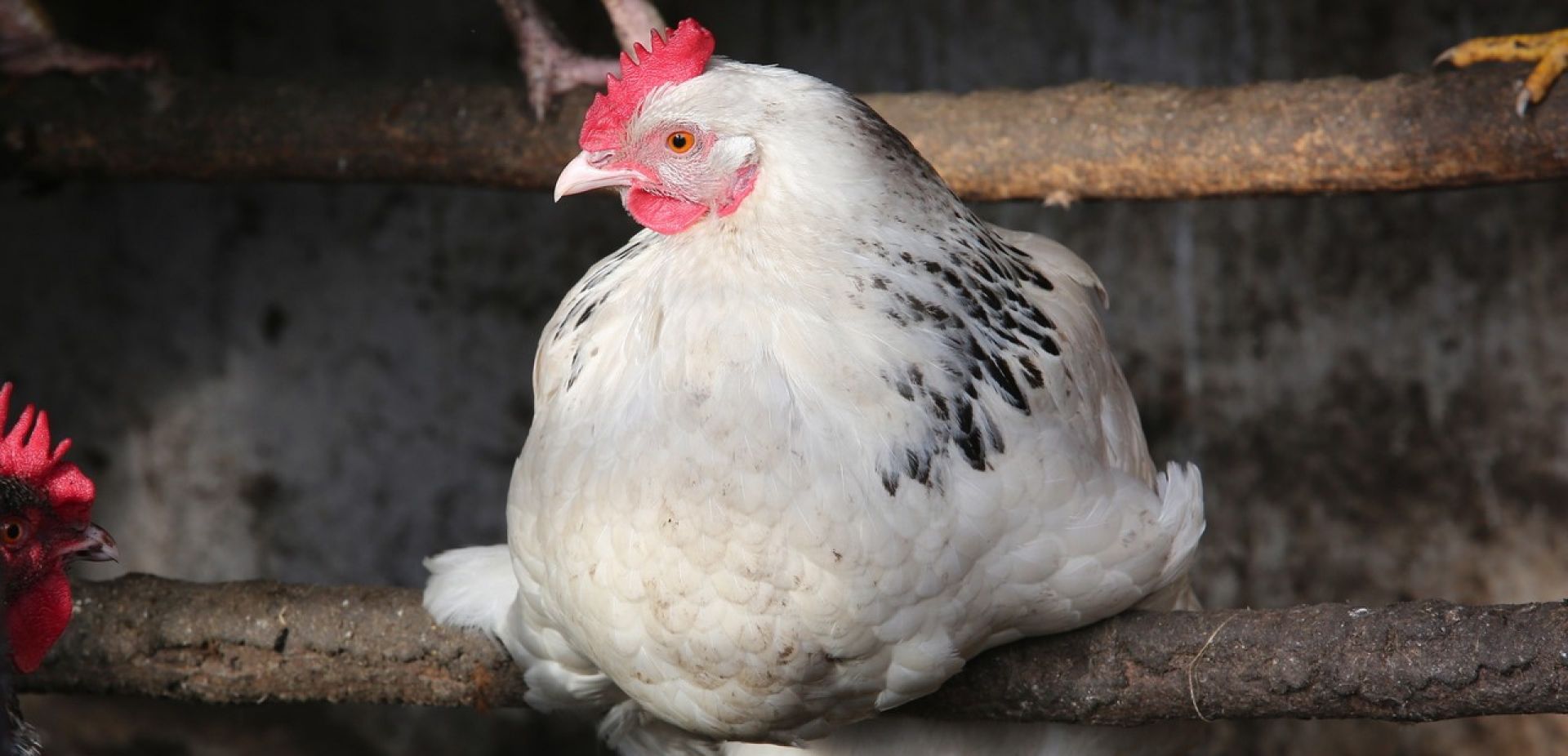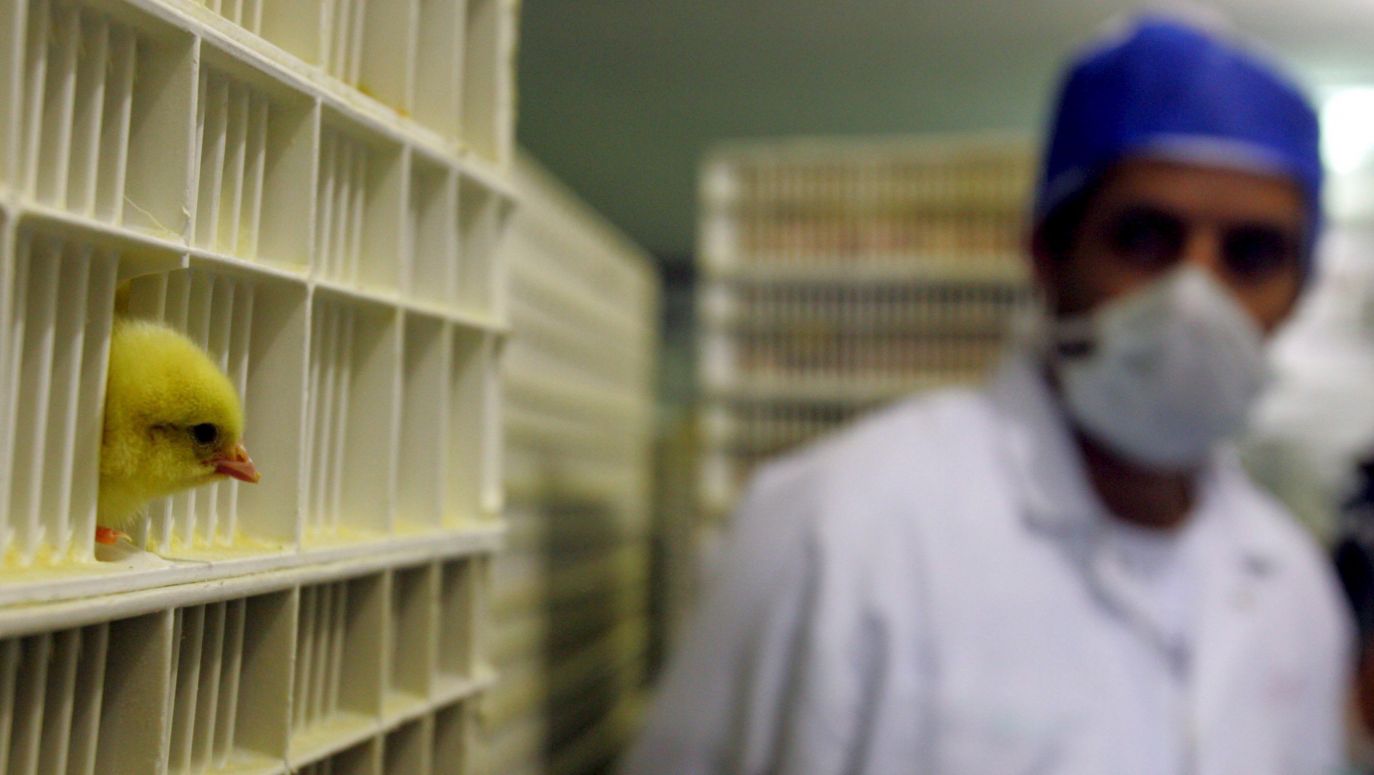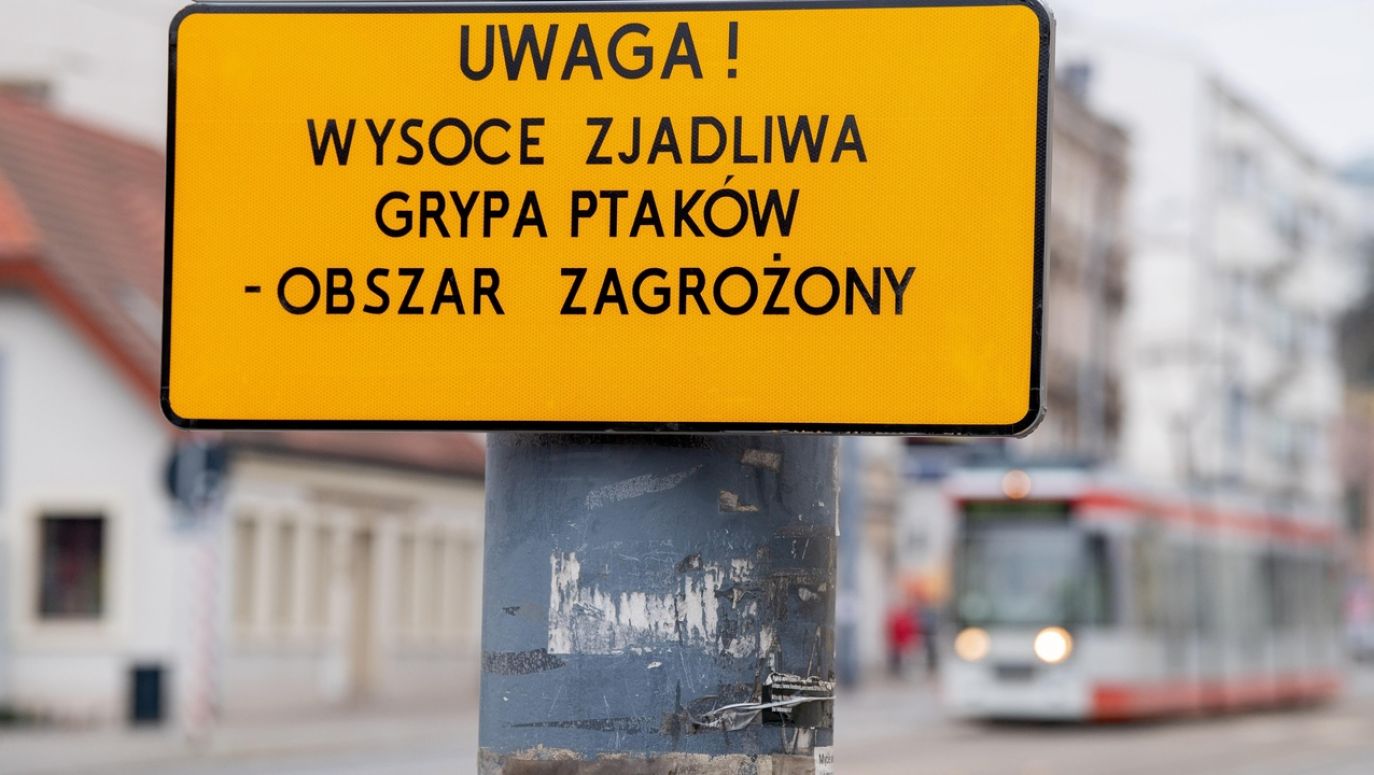But here, too, there were unforeseen reactions. The influenza virus, administered in excess (two-week-old chickens were injected with the virus through their nostrils), broke down this resistance - not only because there was a lot of it, but also because the virus itself mutated within the chicken cell. As the virus mutated, its gene (called IAV) created a protein that could not only bind to the bird's bioengineered protein (this ANP32A), but unfortunately also worked when the chicken did not produce this protein at all (i.e. when ANP32A was completely removed from the chicken).
This means that the enzymes of the virus, which are essential for the replication of its own genetic material in thousands and millions of copies, were bound to other similar chicken proteins: ANP32B and ANP32E... To contain the invasion of this flu mutant, it was therefore necessary to completely remove all three proteins from the chicken genome.
But proteins - which have been present in our cells since time immemorial and have been polished like diamonds by evolution - are necessary for us. The same applies to chickens. It is not clear that it is so safe to sit on a perch without all these ANP32 family proteins. What's more, the virus mutants that arise in genetically modified chickens could be even more dangerous for humans. So the British experiment is more proof that the genome of chickens can be altered to make them immune (to some degree) to a widespread epidemic virus than it is a way to get flu-proof chickens on chicken farms.
At the very end, we will have to determine whether such a chicken with altered proteins still tastes like chicken at all. Although, on the whole, farmed poultry tastes exactly the same as it has been (over)flavoured...
Chinese poultry specialists (and there are many of them, as China is the world's largest producer and consumer of this meat) remind us in their commentary on the study that influenza viruses often mutate, if only because they move from host to host. For it is their organisms that put the biggest obstacles in the way of influenza viruses. For example, the ANP32A proteins of chickens and humans differ not only in terms of mutations, but also in terms of length, and considerably so (30 amino acids difference).
The fact is that when an organism is attacked by thousands of times as many virus particles, there will always be a 'breakthrough' and an infection - in every chicken there is, including those created by bioengineering. "Nevertheless, the infections in them developed more slowly and reached lower virus levels than in wild birds. Even if they were infected, genetically modified birds were much less likely to transmit the virus to non-modified chickens," concluded Wang Xiaojun, virologist at the Harbin Veterinary Research Institute of the Chinese Academy of Agricultural Sciences for the portal 'Science'.
Sometimes this is the main goal of epidemiology. To reduce the scale of the problem. Of course, we would dream of a system that is so airtight that the influenza virus cannot replicate in birds at all. If that is even possible.
With this idea, no transgenic animals are created - no genes from a dog or a donkey, for example, are inserted into a chicken. So if such an ultimately flu-resistant lab-grown chicken can live on a chicken farm, the government and international authorities set up for this should have no major objections. Although, of course, the question that was persistently posed to the oberleutnant von Nogaj in the psychiatric hospital in the film "C.K. Deserters" flashes before my eyes: "What is that? Are you sure it's a chicken and not - let us say - a dog? Do you want to say categorically that it is a hen after all? Or is it such a hen which somewhat resembles a donkey?"....
– Magdalena Kawalec-Segond
TVP WEEKLY. Editorial team and jornalists
–Translated by Cezary Korycki
Source: https://www.nature.com/articles/s41467-023-41476-3 






